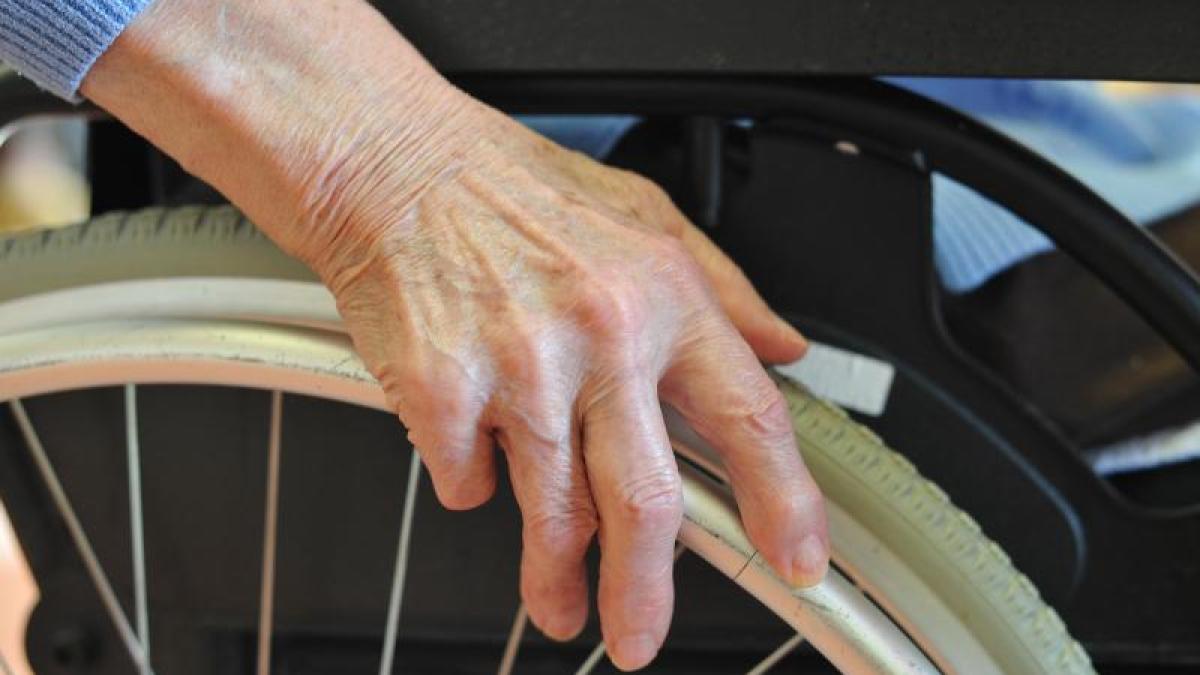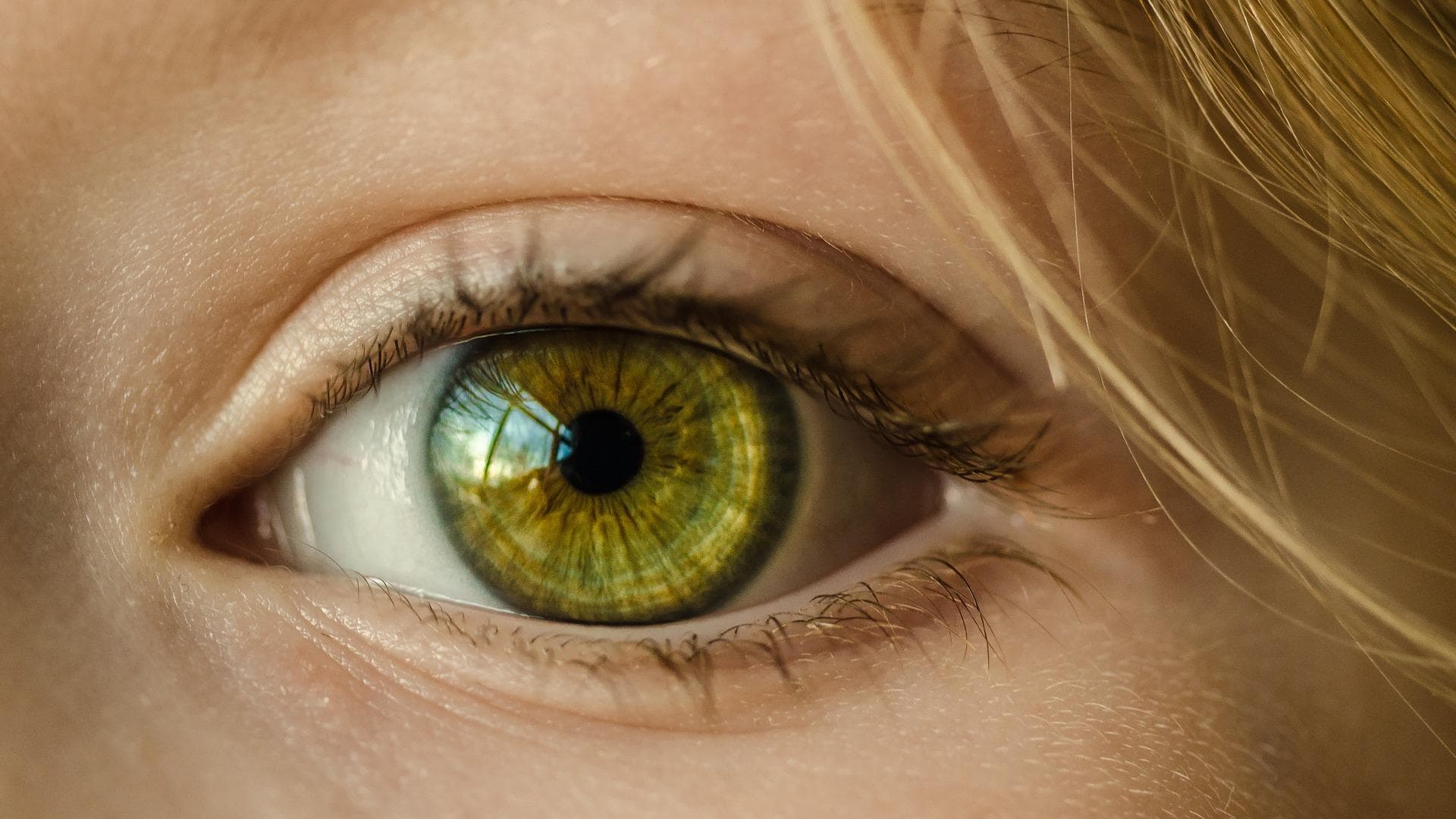In fact, we all know that a balanced diet is the fuel for a healthy body. However, bad eating habits creep in again and again. For example, you only find out in the evening that you haven’t had anything to drink or eat today, and then you try to stop a large amount of food in yourself, or you get too excited to eat chocolate while watching TV and eating an entire bar at once.
But the older you get, the less the body forgives such dietary sins. For example, if you don’t drink enough alcohol during the day, you get headaches, become forgetful and disoriented. Unfortunately, the feeling of thirst decreases with age. According to nutritionist Heidi Hell of “Tut gut!” Gesundheitsvorsorge GmbH, the kidneys of the elderly are no longer able to concentrate urine. This means that more water is being pushed out again. The need for energy, fats and carbohydrates also decreases with age, but interestingly the need for protein, minerals and vitamins increases.
That is why you should pay attention to a selection of high-quality foods. Fruits, vegetables and whole grain products are especially rich in nutrients. There are also some nutrients that older adults do not take in sufficiently, known as essential nutrients. They include vitamin C, vitamin D, calcium, folic acid, vitamin E, vitamin B12, magnesium and iron. An adequate supply of energy and protein is particularly important for maintaining muscle mass and muscle function (1 to 1.2 g/kg body weight). The first indications that your energy and protein intake is too low are muscle loss and reduced body weight.
Foods rich in protein are: Fish, lean meats, legumes, dairy products, and nuts. Vitamin D is important for bone formation and can reduce the risk of fractures in older adults.
They contain a lot of vitamin D: Oily fish (herring, salmon or mackerel), egg yolk, fortified margarine, avocado. But be warned, only 10 percent of vitamin D is absorbed through food, and 80 to 90 percent of it is formed by endogenous synthesis in the skin when sunlight hits the skin. Calcium is a building block for bones and teeth. Deficiency leads to calcium being removed from the bones and carries a risk of osteoporosis.
Calcium contains: Milk, dairy products, vegetables (cabbage, fennel, broccoli, leeks), legumes, nuts, mineral water with more than 150 mg calcium per liter. Vitamin C is also a very important nutrient, it supports the growth of connective tissues, bones and teeth, protects against cell damage and promotes wound healing.
Foods that contain vitamin C are: Sweet peppers, parsley, potatoes, citrus fruits, black currants, tomatoes, cabbage, and spinach, to name a few. It may seem a little complicated to follow all these nutritional tips. It is easier to orient yourself towards the well-known food pyramid. It is the basis of a balanced diet and shows at a glance how much you should eat and drink in a day.
Pyramid diet:
6 cups of water, 5 handfuls of fruits and vegetables, 4 servings of grain products, 2 to 3 servings of dairy, 1 serving of meat, fish or eggs, 2 servings of oils and fats, 1 serving maximum of sweets, foods Salty or fatty. “Is it good!” Health expert Hill recommends eating at least three meals a day. Meals have a social meaning, give structure to the day and should bring joy and pleasure. In between, according to the expert, you can eat a small meal rich in protein. “Important: Take time to eat. Arrange your meals in a visual and appetizing way. This includes a beautifully arranged table, flowers and napkins,” advises the dietitian.







